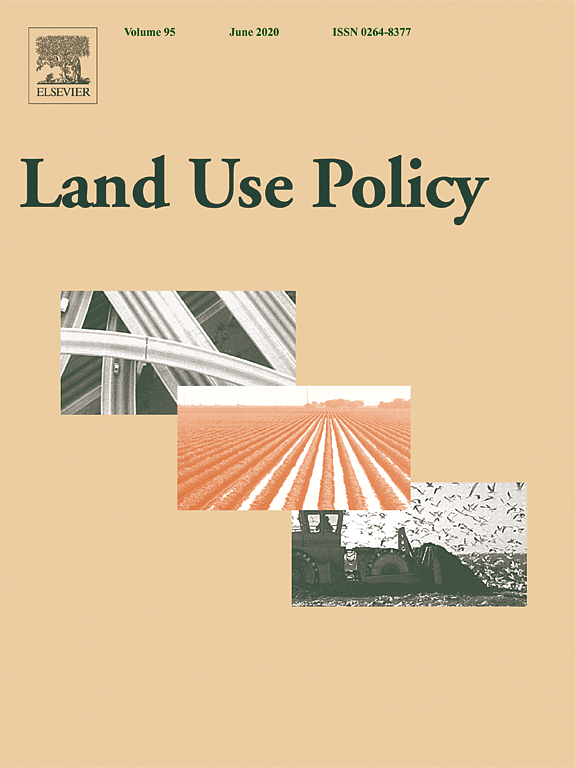Ver ítem
- xmlui.general.dspace_homeCentros Regionales y EEAsCentro Regional Salta - JujuyEEA SaltaArtículos científicosxmlui.ArtifactBrowser.ItemViewer.trail
- Inicio
- Centros Regionales y EEAs
- Centro Regional Salta - Jujuy
- EEA Salta
- Artículos científicos
- Ver ítem
Where did the forest go? Post-deforestation land use dynamics in the Dry Chaco region in Northwestern Argentina
Resumen
Land transformation is a major component of global change, directly altering habitat composition and spatial configuration, biodiversity, and ecosystem functioning. Over the last decades, the Dry Chaco region in Northwestern Argentina has become one of the regions most heavily transformed worldwide due to the expansion of its agricultural frontier. Many questions remain unanswered about how this process of change occurred. In this study, a parcel-scale
[ver mas...]
Land transformation is a major component of global change, directly altering habitat composition and spatial configuration, biodiversity, and ecosystem functioning. Over the last decades, the Dry Chaco region in Northwestern Argentina has become one of the regions most heavily transformed worldwide due to the expansion of its agricultural frontier. Many questions remain unanswered about how this process of change occurred. In this study, a parcel-scale database was used to assess the conversion of natural landscapes to different agroecosystems. The magnitude and direction of land use transitions during the last 20 years (2001–2019) were analyzed. Ranching is the main proximate cause of deforestation, accounting for more than 63% of the area cleared annually, though the land use expansion pattern has varied in space and time. Trajectories of land use transitions revealed a spatial arrangement where croplands have displaced ranching to drier areas. The analysis of the intensity of these transitions has shown that the trajectory of post-deforestation land use dynamics has followed a permanent systematic spatio-temporal pattern of change: (1) Dry Forest to Pastures; (2) Pastures to Single Crops; and (3) Single Cropping and Double Cropping systems, where processes of expansion, replacement, and intensification have been identified. Information on transition patterns has allowed us to develop a deeper understanding of land transformation processes, essential in the design of effective land use management strategies.
[Cerrar]

Autor
Mosciaro, Maria Jesus;
Seghezzo, Lucas;
Texeira, Marcos;
Paruelo, José María;
Volante, Jose Norberto;
Fuente
Land Use Policy 129 : 106650. (June 2023)
Fecha
2023-06
Editorial
Elsevier
ISSN
0264-8377
1873-5754
1873-5754
Formato
pdf
Tipo de documento
artículo
Palabras Claves
Derechos de acceso
Restringido
 Excepto donde se diga explicitamente, este item se publica bajo la siguiente descripción: Creative Commons Attribution-NonCommercial-ShareAlike 2.5 Unported (CC BY-NC-SA 2.5)
Excepto donde se diga explicitamente, este item se publica bajo la siguiente descripción: Creative Commons Attribution-NonCommercial-ShareAlike 2.5 Unported (CC BY-NC-SA 2.5)


